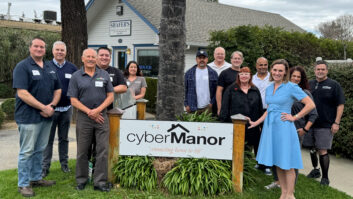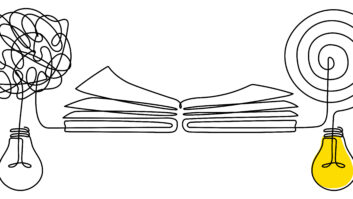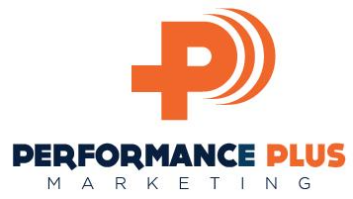I took my family to Disney World for spring break and the experience blew me away. When you peel away the crowds, endless walking, and omnipresent squawking kids, underneath lies a well-oiled machine hell-bent on anticipating your needs and meeting them quickly. With a little focus, many of Disney’s methods are easy to implement into any CE business (especially yours!).
Everyone smiles at Disney. Even the guy taking out the trash is happy! How is that possible? Surely these people couldn’t be happy all the time. I took the opportunity to informally interview our luggage porter one morning. This guy bled Disney! I’d been at the parks for six days and was over it. Not this guy. He stayed upbeat with me in the conversation and kept asking about the rides we’d experienced. “Did you go on the Seven Dwarves Mine Train,” he asked? “Sure,” I replied tiredly. He kept up his cheery banter and I found myself uplifted by it.

“Maybe I should be more cheerful,” I thought. Imagine if we implemented an intentional positive mental attitude (PMA) program in our companies? Smiles are contagious and so are bad moods. Which one would you rather catch? Hiring happy people is good for the bottom line and doesn’t cost us a dime. Someone asked the CEO of Southwest Airlines how they get their employees to smile all the time. He replied, “We just hire people who smile all the time.”
Disney obsesses over small details and focuses on service 24/7/365. They call their approach the “Quality Service Model” and it consists of six key areas: Guestology, Quality Standards, Cast (employees), Setting, Process, and Integration.
Guestology is the study of Disney’s guests and their wants and needs. As you evaluate our own customers, how well do you understand them? Can you understand or empathize with the worldview of a high-net-worth individual (HNWI)? Who are the different types of customers you deal with and have you spent time interviewing members of each group to find out why they do (or don’t) do business with your company? We just recently completed a study of different types of customers at Livewire and named each customer type to make them relatable. Our HNWI male is named Gene and our HNWI woman is named Jeanne. We now discuss strategy in terms of what we think Gene or Jeanne would want (backed up by our interviews with many Gene and Jeanne-esque customers).
Quality Standards are Disney’s operational guidelines to providing an outstanding experience for the guest. These questions may include, “Are the hours I operate ideal for my guest?” or “What can I do to lessen or avoid overcrowding?” In CE terms, this translates into delivering on the promises made during the sales process. Are you testing systems for the customer or the other way around? Are you continuing to deliver level-10 service once the contract is signed? Do you handle calls 24/7? Do you survey each and every customer to find out what went right or wrong?
Cast Members (employees) are the people charged with delivering outstanding service. Are you properly aligning the talents of each individual with a role (job) that will utilize those gifts? Do you have a system to organize client information so no matter who touches the relationship there’s no loss of continuity? Are you putting your employees first? Do your employees feel like they are heard and have a voice in your company? Do you survey your employees and gather feedback periodically?
Setting means the physical environment. Is your entrance inviting? Would a customer describe your business and employees as clean? Do you budget for improvements and repairs to your facility or vehicles? Do you upgrade your showroom systems at least twice annually?
Process is the step-by-step procedure for accomplishing a task. If a customer has a complaint, what is the appropriate channel to direct it? Does everyone at your company have a written job description? Have your key people all documented their jobs on a document someone else could use if they were hit by the proverbial “bus”? Your employees are a great source of feedback about where you do and don’t have great processes in place. Because CE companies rarely bill more than 25 hours weekly with each of their 40-hour employees, nailing the process side of business goes a long way toward improving efficiency.
Integration talks about how you make sure that each piece works seamlessly with the others to deliver the best possible experience for your customer. Ironically, this part of your business will be the hardest to get right as you grow. What works well in a one-to-two-man shop doesn’t scale to a five-man shop and so on. Hopefully you’re doing a good job with customer-facing integration (especially with the systems you design and install) and can pay the most attention to the back office integration, which proves the most challenging to keep aligned. Are you meeting with your direct reports at least once per week? Do you schedule time to meet with your employees to see how they’re doing? Do you have dashboards or alerts configured to catch any issues between departments? Are your employees bought into your mission and understand the part they play?
Disney made a believer out of me and we’ve incorporated many of the lessons learned at their parks into our company. If you’re overwhelmed and don’t know where to start, pick just one thing to work on today and do the same tomorrow. Before you know it, you’ll be well on your way. Are you up to the challenge?
Stay frosty and see you in the field.







